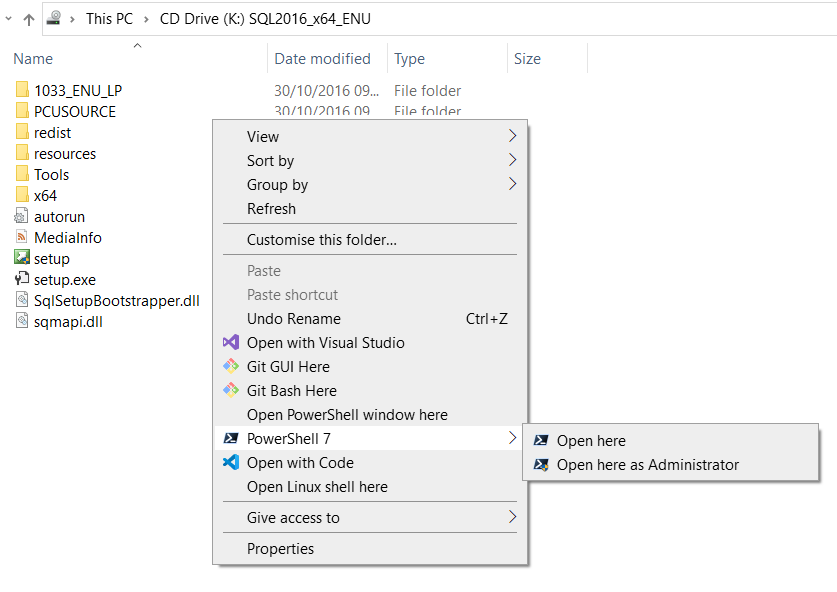So twenty years ago I passed an exam by the Certified Internet Webmasters (CIW). Whilst I've never been asked for it in a job application or a job advert the fact that someone has chosen to define a syllabus worthy of study is useful for those of us who want to structure our learning by means of certification exam passes. So here I give notes summarising what CIW vertification is curently offered.
First, we need to know the extent of CIW certication. Quoting from their page the CIW has 4 certification series which I give along with supposed salary ranges:
- CIW Web Foundations series reported a mean salary average range of $65,556-$74,856.
- CIW Web Design series reported a mean salary average range of $66,665-$77,383.
- CIW Web Development series reported a mean salary average range of $71,382-94,284.
- CIW Web Security series reported a mean salary average range of $69,520-$111,314.
- CIW Web and Mobile Design Series is new so there is no salary data.
The CIW Web Foundations Associate is an omnibus of 3 individuals course and they are: Internet Business Associate (1D0-61A, 30 mins), Site Development Associate (1D0-61B, 30 mins), Network Technology Associate (1D0-61C, 30 mins), the aggregated course outlines are here. You can take the exams separately, or as an omnibus exam (1D0-610, 90 mins).
The CIW Web Design Professional certification consist of two exams: CIW Web Design Specialist (1D0-520, 75 mins) and CIW E-Commerce Specialist (1D0-525, 75 mins) with their respective course outlines here Web Design and E-Commerce.
The CIW Web Development Professional certification consists of three specialist courses and corresponding certification exams: CIW Javascript Specialist (1D0-735, 90 mins), CIW Perl Specialist (1D0-437, 75 mins) and Database Design Specialist (1D0-541, 90 mins) with their respective course outlines here JavaScript, Perl, Database.
The CIW Web Security Associate is the entry level CIW Security certification with a 90 minute exam, 1D0-671, here is link to course objectives. The higher security certifications imply requiring co-opted exam pasess from third parties but if you read closely then the CIW own CIW Network Technology Associate and CIW Web Foundations Associate seem to qualify so this implies an exam and money saving.
The new CIW Web and Mobile Design series consists of seven proposed certifications though only four are live. They are:
- CIW Advanced HTML5 and CSS3 Specialist (AVAILABLE), 1D0-620
- CIW User Interface Designer (NOW AVAILABLE), 1D0-621
- CIW Social Media Strategist (NOW AVAILABLE), 1D0-623
- CIW Multimedia Specialist (Release Date TBD)
- CIW Mobile Application Developer (Release Date TBD)
- CIW E-Commerce Services Specialist (Release Date TBD)
- CIW Data Analyst (NOW AVAILABLE), 1D0-622
So now we have identified all the exams we can tabulate and provide some learning resource links
| Course | Certification(s) | Exam | Learning Links |
|---|---|---|---|
| Internet Business Associate | Web Foundations Assoc | 1D0-61A, 30 mins, £108 | |
| Site Development Associate | Web Foundations Assoc | 1D0-61B, 30 mins, £108 | |
| Network Technology Associate | Web Foundations Assoc | 1D0-61C, 30 mins, £108 | |
| Web Foundations Associate (Bundle) | Web Foundations Assoc | 1D0-610, 90 mins, £108 | Google, Certlibrary.com, Google Books - Exam Q & A |
| Advanced HTML5 & CSS3 Specialist | Web and Mobile Design | 1D0-620, 75 mins, £108 | |
| User Interface Designer | Web and Mobile Design | 1D0-621, 75 mins, £108 | Google, Certlibrary.com, Google Books - Exam Q & A |
| CIW Data Analyst | Web and Mobile Design | 1D0-622, 75 mins, £108 | |
| CIW Social Media Specialist | Web and Mobile Design | 1D0-623, 90 mins, £108 | |
| Web Design Specialist | Web Design Pro | 1D0-520, 75 mins | Google, Certlibrary.com |
| E-Commerce Specialist | Web Design Pro | 1D0-525, 75 mins, £108 | Google, Certlibrary.com |
| Database Design Specialist | Web Development Pro | 1D0-541, 90 mins, £180 | Google, Certlibrary.com, Amazon E-book |
| Perl Specialist | Web Development Pro | 1D0-437, 75 mins | Google, Certlibrary.com |
| Javascript Specialist | Web Development Pro | 1D0-735, 90 mins, £108 | |
| Web Security Associate | Web Security | 1D0-671, 90 mins, £108 | Google, Google Books Q & A (571 version) |













